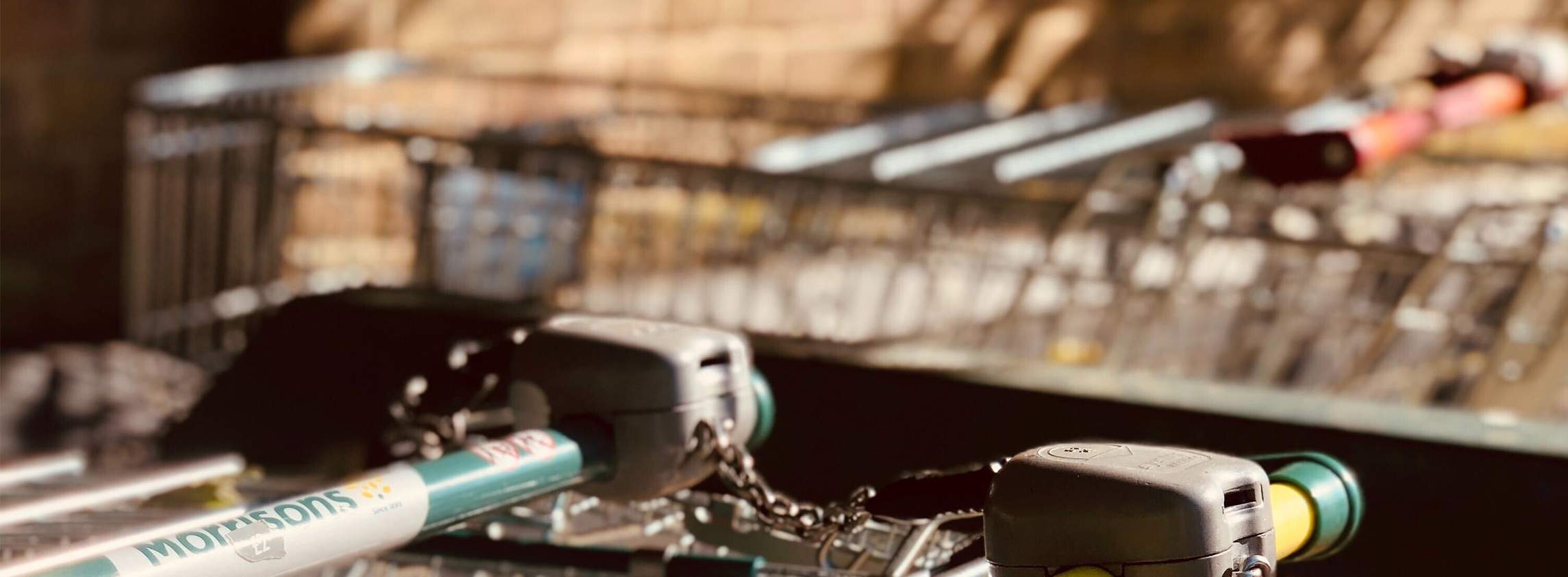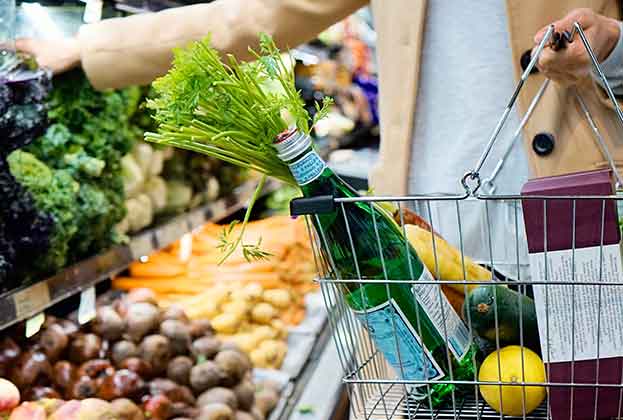Ongoing headwinds dampen consumer confidence
Supermarkets reported strong Christmas trading results; however, consumer confidence is falling dramatically in Q1 2022 as headwinds persist and rising consumer costs pressures continue to encourage more cautious spending
The UK consumer environment improved considerably through 2021 compared to the year before, with most restrictions easing since the height of the summer.
However, confidence began to wane, firstly in line with concerns over the Omicron variant of Covid-19. More recently it has taken a more severe downturn due to the rising cost of living, supply chain disruption and the potential impact of the conflict in Ukraine, all of which are set to continue pushing up the prices paid by consumers. GfK’s consumer confidence index fell in the final quarter of 2021, reaching -15 in December. It has since fallen further still to -26, the lowest it has been since January of last year when the UK was still in a national lockdown (see chart, below).
For the case of the grocery market, consumer spend did report strong monthly growth compared to 2019 equivalent levels in the 12 weeks to 26 December, reaching £31.7 billion, up 8.0% compared to the equivalent period in 2019. Despite a marginal fall compared to the heightened 2020 levels (whilst under tighter lockdown restrictions), every major supermarket chain reported increased sales during the 2021 Christmas period compared to the same period in 2019, according to Kantar data.
Following a strong end to 2021, take-home grocery figures show that supermarket sales did indeed fall by 3.7% over the 12 weeks to 20 February 2022. This fall in spending comes despite a new high in grocery prices, with inflation up at 4.3% in February. Households, therefore, spent on average £26 less at supermarkets in February and own-label sales did better than brands for the first time in three months according to Kantar.
Furthermore, recent figures from Ipsos suggest eight in ten people are changing their food shopping habits in response to the spiralling cost of living. Their research shows that 39% of households are struggling to cover the cost of groceries, with 37% of consumers opting for cheaper brands, while 34% have stopped buying non-essential groceries and 32% are buying “yellow sticker” reduced-price items to save money. Other measures being taken include waiting to buy items until they are on promotion; shopping around for better deals; buying in bulk, and cutting spending in other areas to afford groceries. In addition, 18% of consumers are switching their regular grocer, with almost one in four saying they will start shopping at Aldi. One in five said they will switch to Lidl and one in ten said they will now shop at Asda.
Further consumer price growth will undoubtedly generate more cautious spending amongst shoppers which in turn, is likely to support continued demand for grocers within the budget end of the scale. Aldi and Lidl put in strong performances this period and were the fastest-growing retailers, both increasing their sales by 3.3%. Aldi attracted an additional 1.3 million customers compared with 2021, while Lidl brought in an extra million. This, coupled with their continued aggressive portfolio growth over the coming year, could support a boost in sales and potentially a further shift in grocery market share in 2022.
Read the articles within Spotlight: UK Grocery Report below.


